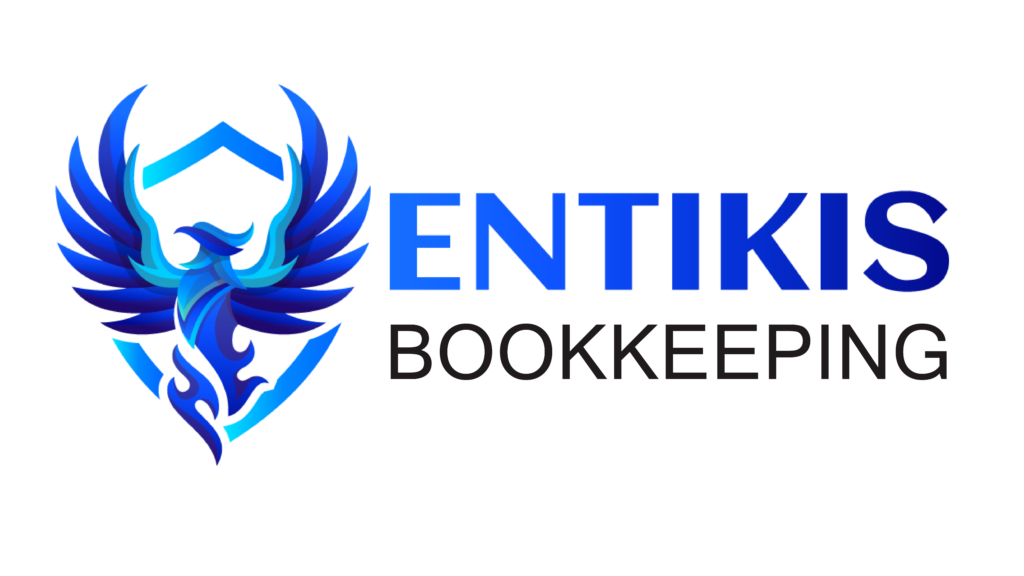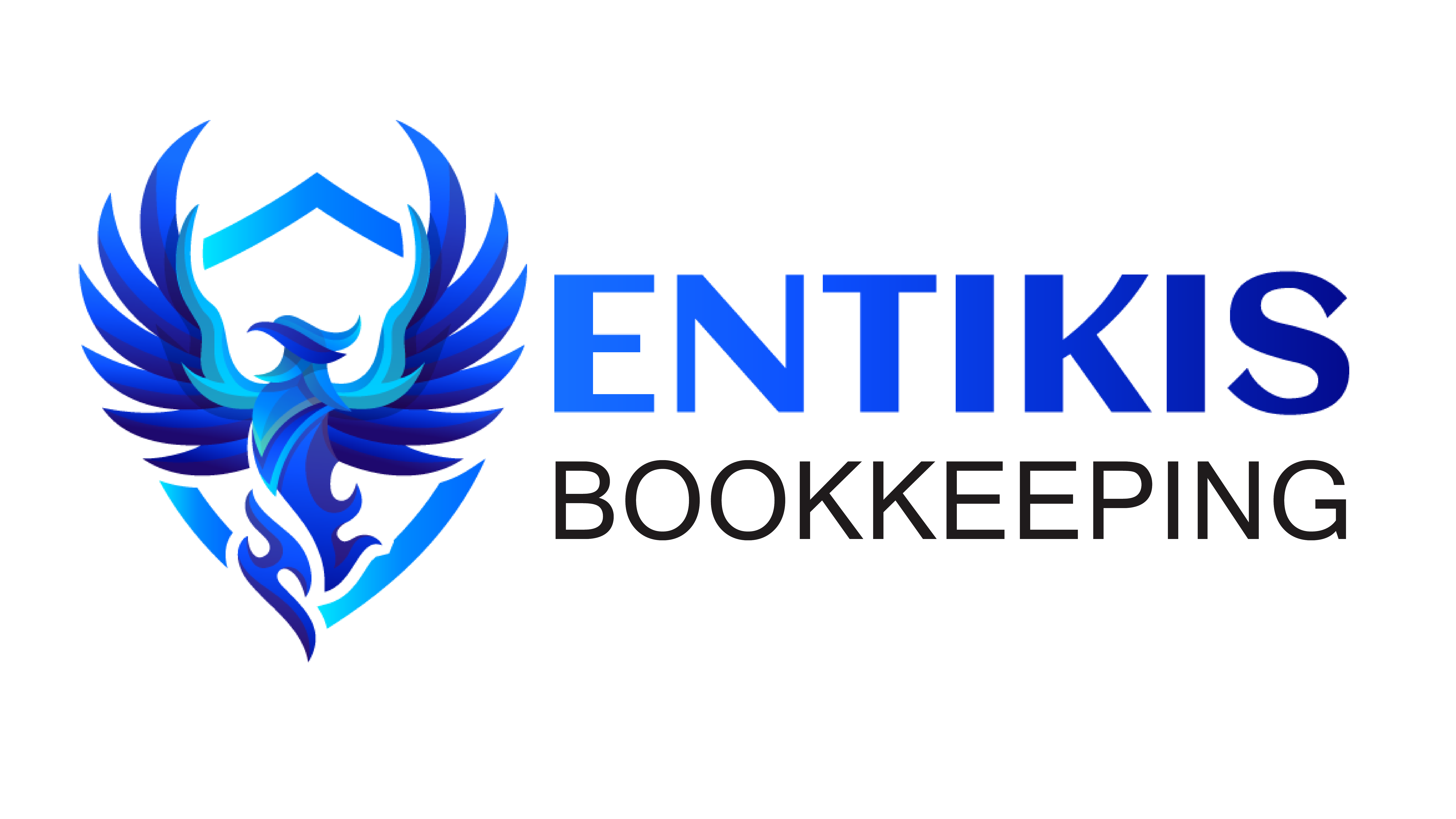Procurement and bookkeeping are two essential functions within any business, each playing a distinct yet interconnected role in its operations. Procurement refers to the process of acquiring goods, services, or raw materials necessary for the functioning of a business, while bookkeeping involves the systematic recording, tracking, and organizing of financial transactions.
Procurement activities encompass everything from sourcing suppliers and negotiating contracts to receiving goods and making payments. On the other hand, bookkeeping involves maintaining accurate financial records, including accounts payable and receivable, expenses, and revenues. While these functions may seem distinct, they are intricately linked and have a significant impact on each other.
Understanding the relationship between procurement and bookkeeping is crucial for businesses to effectively manage their finances and operations. Proper bookkeeping ensures that procurement transactions are accurately recorded, tracked, and accounted for in the company’s financial statements. Similarly, insights gained from bookkeeping data can inform procurement decisions, such as identifying cost-saving opportunities, evaluating supplier performance, and managing cash flow.
In this paper, we will explore the dynamic interplay between procurement and bookkeeping, highlighting the importance of integration and collaboration between these two functions for the overall success and financial health of a business.

Understanding Procurement and Its Impact on Financial Management
Procurement is the process of acquiring goods, services, or raw materials necessary for a business to operate efficiently. It involves a series of steps known as the procurement cycle, which encompasses various key components:
Identification of Needs: The procurement cycle begins with identifying the needs of the business, whether it’s for goods, services, or materials. This could involve assessing current inventory levels, forecasting demand, and determining specifications for the required items.
Supplier Selection: Once the needs are identified, the next step is to select suppliers who can fulfill those requirements. This involves researching potential suppliers, evaluating their capabilities, negotiating terms and prices, and ultimately choosing the supplier(s) that offer the best value for the business.
Purchase Order: After selecting suppliers, a purchase order is issued outlining the details of the purchase, including quantity, price, delivery schedule, and terms of payment. This document formalizes the agreement between the buyer and the supplier.
Receipt and Inspection: Upon delivery of the goods or completion of the services, they are inspected to ensure they meet the specifications outlined in the purchase order. Any discrepancies or issues are addressed with the supplier.
Invoice and Payment: Once the goods or services are accepted, an invoice is received from the supplier. The invoice is verified against the purchase order and other relevant documentation before payment is made to the supplier.
The procurement decisions made throughout this cycle have a direct impact on the financial records and overall financial health of the business:
Cost Management: Procurement decisions directly influence the cost structure of the business. By selecting suppliers offering competitive prices and negotiating favorable terms, businesses can effectively manage their costs and improve their profitability.
Cash Flow Management: Efficient procurement practices help in managing cash flow by ensuring that the business has the necessary inventory or resources on hand without tying up excessive capital. Timely payments to suppliers also help maintain positive relationships and may lead to favorable terms in the future.
Risk Management: Poor procurement decisions can expose the business to various risks, such as supply chain disruptions, quality issues, or financial losses. By carefully selecting suppliers and monitoring performance, businesses can mitigate these risks and safeguard their financial health.
Role of Bookkeeping in Procurement
Bookkeeping is instrumental in tracking and managing procurement activities within a business. It involves the systematic recording, organizing, and tracking of financial transactions related to procurement, ensuring accuracy, transparency, and compliance with financial regulations. Here’s a detailed explanation of how bookkeeping facilitates procurement:
Recording Procurement Transactions: Bookkeeping starts by recording all procurement transactions, including purchases, payments to suppliers, and any related expenses. Each transaction is accurately documented in the appropriate accounts, such as accounts payable, inventory, or expenses, based on the nature of the transaction.
Tracking Expenses and Budgets: Bookkeeping provides a comprehensive view of procurement expenses, allowing businesses to track spending against budgets and forecasts. By regularly monitoring procurement expenses through bookkeeping records, businesses can identify any discrepancies, control costs, and make adjustments as needed to stay within budgetary constraints.
Managing Accounts Payable: Bookkeeping plays a crucial role in managing accounts payable, which involves recording and tracking payments owed to suppliers. This includes maintaining up-to-date records of outstanding invoices, monitoring payment deadlines, and ensuring timely payments to suppliers to avoid late fees or disruptions in the supply chain.
Inventory Management: Bookkeeping helps in managing inventory by tracking the procurement of goods and materials. It records inventory purchases, updates inventory levels, and monitors stock movements, enabling businesses to maintain optimal inventory levels and avoid stockouts or excess inventory.
Financial Reporting: Bookkeeping provides the foundation for accurate financial reporting by generating financial statements such as income statements, balance sheets, and cash flow statements. These reports offer insights into the financial performance of the business, including its procurement activities, and help stakeholders make informed decisions.
Compliance and Transparency: Maintaining accurate and organized procurement journals through bookkeeping ensures compliance with financial regulations and promotes transparency in business operations. Proper documentation of procurement transactions facilitates audits and regulatory inspections, demonstrating the business’s adherence to accounting standards and ethical practices.
Performance Evaluation: Bookkeeping data related to procurement can be used to evaluate supplier performance, analyze purchasing trends, and identify cost-saving opportunities. By analyzing procurement-related financial metrics, businesses can optimize their procurement processes and enhance overall efficiency.
Benefits of Integrating Procurement with Bookkeeping
Streamlining Operations: Integrating procurement with bookkeeping streamlines operations by centralizing financial data related to procurement activities. This integration eliminates the need for manual data entry and reconciliations between separate systems, reducing errors and saving time. By having procurement and bookkeeping data in one place, businesses can efficiently track expenses, monitor budgets, and manage accounts payable, leading to smoother and more efficient operations.
Improving Accuracy in Financial Reporting: Integration of procurement with bookkeeping improves the accuracy of financial reporting by ensuring that procurement transactions are properly recorded and reflected in financial statements. Accurate and timely recording of procurement data facilitates the preparation of comprehensive financial reports, including income statements, balance sheets, and cash flow statements. This enables stakeholders to have a clear and accurate picture of the business’s financial performance, enhancing transparency and accountability.
Enhancing Decision-Making Capabilities: Integrated procurement and bookkeeping systems provide detailed financial insights from procurement activities, enabling better decision-making. By analyzing procurement data alongside financial metrics, businesses can identify cost-saving opportunities, evaluate supplier performance, and optimize purchasing strategies. Access to real-time financial information allows management to make informed decisions quickly, such as negotiating better terms with suppliers, adjusting budgets, or reallocating resources to maximize profitability.
Facilitating Compliance and Auditing: Integration of procurement with bookkeeping facilitates compliance with financial regulations and auditing requirements. Centralized procurement data ensures that all transactions are properly documented, categorized, and tracked, making it easier to demonstrate compliance with accounting standards and regulatory guidelines. In the event of an audit or inspection, businesses can quickly retrieve procurement records and provide evidence of financial transparency and accountability.
Best Practices for Managing Procurement and Bookkeeping
Establish Clear Communication Channels: Foster open communication between the procurement and bookkeeping departments to ensure alignment of goals, priorities, and processes. Regular meetings and collaboration sessions can help facilitate the exchange of information, identify areas for improvement, and address any issues or discrepancies promptly.
Implement Integrated Systems: Invest in integrated procurement and bookkeeping software solutions that streamline data sharing and automate processes. Integrated systems allow for seamless transfer of procurement data into bookkeeping records, reducing manual errors, improving efficiency, and providing real-time visibility into financial transactions and inventory levels.
Standardize Procurement Procedures: Develop standardized procurement procedures and documentation, including purchase orders, invoices, and receipts, to ensure consistency and accuracy in recording transactions. By establishing clear guidelines and protocols, businesses can minimize errors, reduce processing times, and enhance transparency in procurement activities.
Monitor Key Performance Indicators (KPIs): Track and monitor key performance indicators related to procurement and financial management, such as cost savings, supplier performance, inventory turnover, and accounts payable turnover. Regularly analyzing these KPIs provides valuable insights into the effectiveness of procurement strategies, identifies areas for improvement, and supports data-driven decision-making.
Implement Cost-Effective Sourcing Strategies: Evaluate sourcing options and negotiate favorable terms with suppliers to optimize costs while maintaining quality standards. Conduct thorough supplier assessments, explore alternative suppliers, and leverage bulk purchasing or volume discounts to negotiate better prices and terms. Regularly review and benchmark supplier contracts to ensure competitiveness and maximize cost savings.
Utilize Technology for Spend Analysis: Leverage technology tools and analytics to conduct spend analysis and identify opportunities for cost reduction and process improvement. Analyzing historical procurement data can uncover trends, patterns, and areas of inefficiency, enabling businesses to implement targeted cost-saving initiatives and optimize procurement processes.
Invest in Employee Training and Development: Provide training and ongoing education to employees involved in procurement and bookkeeping functions to enhance their skills, knowledge, and proficiency in financial management practices. Empowering staff with the necessary tools and training fosters accountability, promotes best practices, and ensures compliance with policies and regulations.
By implementing these key strategies, businesses can optimize the relationship between procurement and bookkeeping, leading to better cost management, increased efficiency, and improved financial performance. Collaboration, standardization, technology integration, and continuous improvement are essential for driving success in procurement and financial management processes.
If You Are Looking For Professional Bookkeeping Services, Please Contact Us At Admin@Entikis.Com And 817-415-1715 To Learn More About How Entikis Bookkeeping Can Support Your Journey To Success! Located At 640 Taylor St Suite , Fort Worth, TX, United States, Texas. We Offer Professional Bookkeeping Services For Businesses In The Burleson, Fort Worth And The Surrounding Tarrant County Metroplex.




